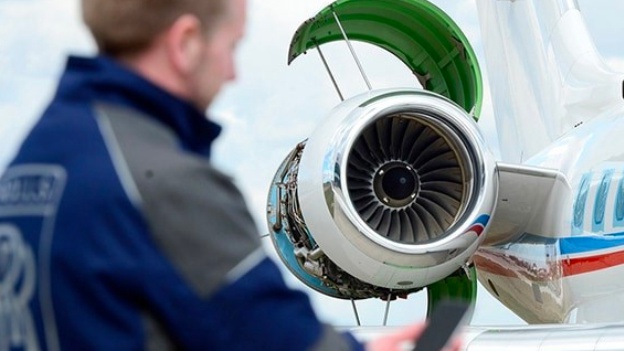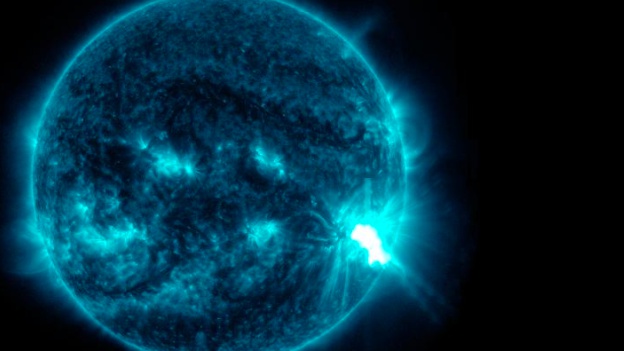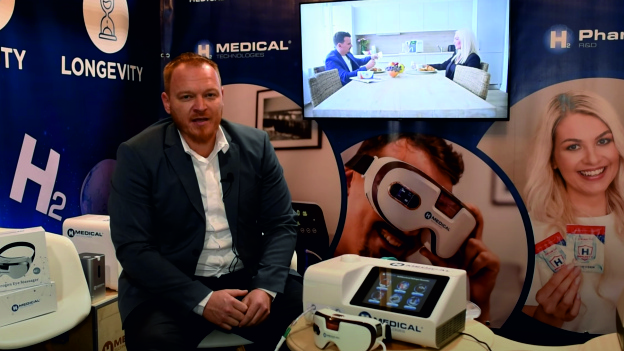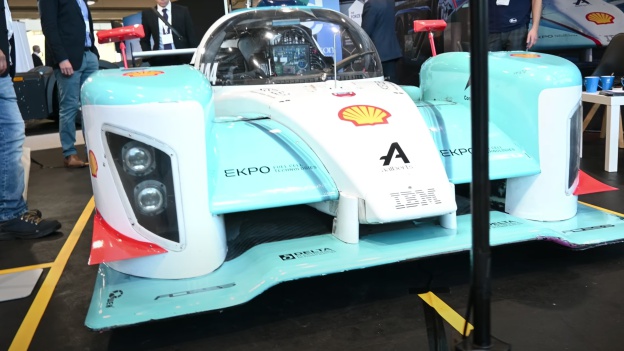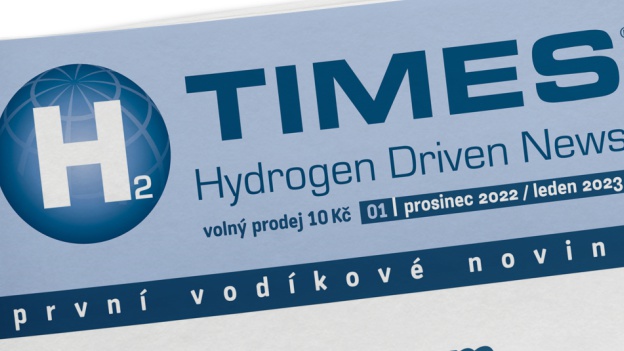Physical exercise is the foundation of a healthy lifestyle, but effective recovery is also the key to optimal results. In 2024, we're seeing new trends shaping the ways athletes recover their bodies after a tough workout. One of the main topics receiving increased attention is molecular hydrogen.
Molecular hydrogen: A new dimension in regeneration
More and more athletes and fitness enthusiasts are turning to molecular hydrogen as part of their recovery routine. Studies suggest that hydrogen may have significant antioxidant and anti-inflammatory properties that can help improve muscle recovery and reduce fatigue. This innovative method uses the properties of hydrogen to promote rapid recovery of the body after a strenuous workout or exercise. Hydrogen therapy consists of three main elements: bathing, drinking hydrogen water and inhalation.

Most often, molecular hydrogen is administered in the form of hydrogen-enriched water, which is an easily acceptable way to incorporate the rich recovery benefits into an athlete's daily routine. Hydrogen baths in a special H2 SPA tub have become a popular method for fast recovery for athletes. The tub allows you to provide a unique, rejuvenating and regenerative experience. It includes a high-pressure generator that creates nanobubbles filled with hydrogen. This allows hydrogen to enter the body where it can help reduce inflammation, relieve muscle tension and improve circulation.
A proponent of regenerative hydrogen therapy is, for example, the Olympic champion in acrobatics on skis Aleš Valenta, who uses products from the Czech hydrogen leader H2 World Health and Beauty. "Even in my 50s, I try to do sports every day. I play hockey, I ride my bike, I ski. I use molecular hydrogen as a daily supplement to stay fit. I take Forte in the morning, Slim&Fit after lunch and Dent Care in the evening. Of course, I wash it all down with water enriched with molecular hydrogen from the generator."
Hydrogen regeneration therapy represents a new and innovative approach to rapid recovery after physical exertion. This method combines relaxation, hydration and the direct action of antioxidants on the body, which can help athletes achieve optimal performance and maintain a balanced and healthy recovery. With the growing interest in hydrogen therapy, it is expected to become an increasingly common part of training plans and recovery strategies for athletes around the world.

Ice water regeneration
One of the traditional and increasingly popular approaches to recovery after strenuous athletic performance is the use of ice water. Also known as cryotherapy, this method uses the cold action of water to speed muscle recovery and reduce inflammation.
How does it work? When you immerse yourself in ice water, the surface tissues are rapidly cooled to a temperature of around 10 degrees Celsius. This process causes a reflex contraction of blood vessels, which reduces blood flow to the affected areas and helps to reduce inflammation and swelling.
Yoga and meditation
Nowadays, with sport becoming an increasingly important part of lifestyle, new and effective ways are being sought to maximise recovery and restore the body after a tough workout. Trends for 2024 include integrating yoga and meditation into athletes' recovery routines. These ancient practices offer many benefits to help the body recover and enhance mental and physical well-being.
Yoga is a comprehensive system of exercise that combines physical postures (asanas), breathing (pranayama) and meditation. The asanas of yoga not only help open and stretch muscles, improve flexibility and range of motion, but also strengthen the muscles of the center of the body, which can contribute to better stability and injury prevention. But yoga in particular should help reduce stress and tension levels, which has a positive effect on overall well-being and mental health. Meditation is then thought to result in calming the mind, improving sleep, increasing concentration and increasing overall mental resilience.
A personalised approach to recovery
Another trend in post-sport recovery is the emphasis on an individual approach. Each athlete has unique needs and recovery strategies should be tailored to specific goals, exercise intensity and personal health status.
This means that recovery techniques may include other recovery methods such as massage, sauna, stretching, cold baths or relaxation exercises, among others.
Technologies that promote regeneration
In 2024, we also see the rise of technologies aimed at supporting regeneration. Electrical stimulation devices, compression garments and massage equipment are increasingly popular options for athletes looking for a quick and effective way to recover their bodies after a tough workout.
Recovery after sport is a key element of any training plan. In 2024, we are seeing new trends that include molecular hydrogen as a potential means to promote recovery, a personalized approach to body recovery and the use of modern technology. It is important that each athlete finds their own recovery regime to help them achieve optimal results and keep their body fit.














